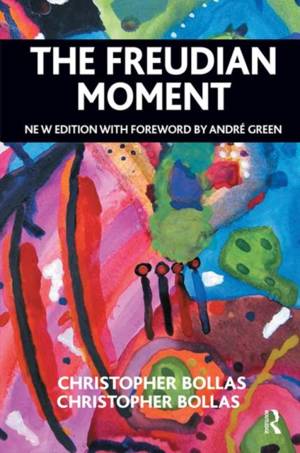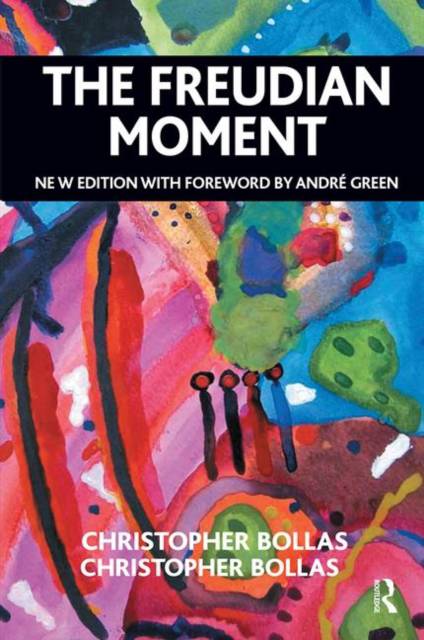
- Afhalen na 1 uur in een winkel met voorraad
- Gratis thuislevering in België vanaf € 30
- Ruim aanbod met 7 miljoen producten
- Afhalen na 1 uur in een winkel met voorraad
- Gratis thuislevering in België vanaf € 30
- Ruim aanbod met 7 miljoen producten
Zoeken
Omschrijving
The author eloquently argues for a return to our understanding of how Freudian psychoanalysis works unconscious to unconscious. Failure to follow Freud's basic assumptions about psychoanalytical listening has resulted in the abandonment of searching for the 'the logic of sequence' which Freud regarded as the primary way we express unconscious thinking. In two extensive interviews and follow-up essays, all occurring in 2006, we follow the author exploring his most recent and radical challenge to contemporary psychoanalysis. The Freudian Moment, the author argues, realizes a phylogenetic preconception that has existed for tens of thousands of years. The invention of psychoanalysis realizes this preconception and institutes a profound step forward in human relations. The author's proposal that we use the image of the symphonic score to better imagine unconscious articulation opens up a new conceptual way for grasping the complexity of unconscious thought.
Specificaties
Betrokkenen
- Auteur(s):
- Uitgeverij:
Inhoud
- Aantal bladzijden:
- 128
- Taal:
- Engels
Eigenschappen
- Productcode (EAN):
- 9780367101534
- Verschijningsdatum:
- 5/07/2019
- Uitvoering:
- Hardcover
- Formaat:
- Genaaid
- Afmetingen:
- 157 mm x 231 mm
- Gewicht:
- 340 g

Alleen bij Standaard Boekhandel
+ 364 punten op je klantenkaart van Standaard Boekhandel
Beoordelingen
We publiceren alleen reviews die voldoen aan de voorwaarden voor reviews. Bekijk onze voorwaarden voor reviews.











